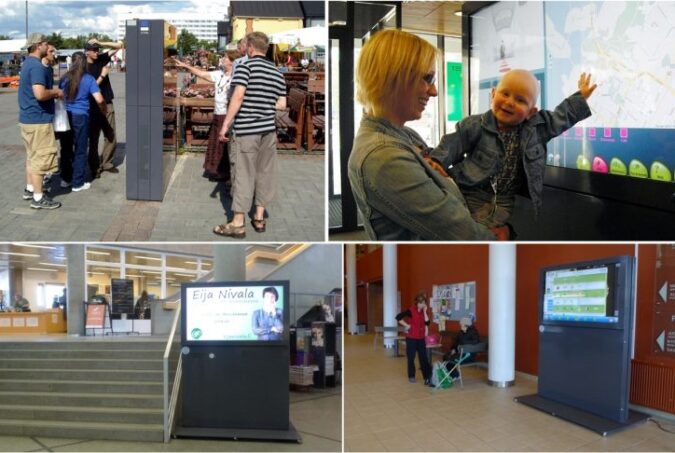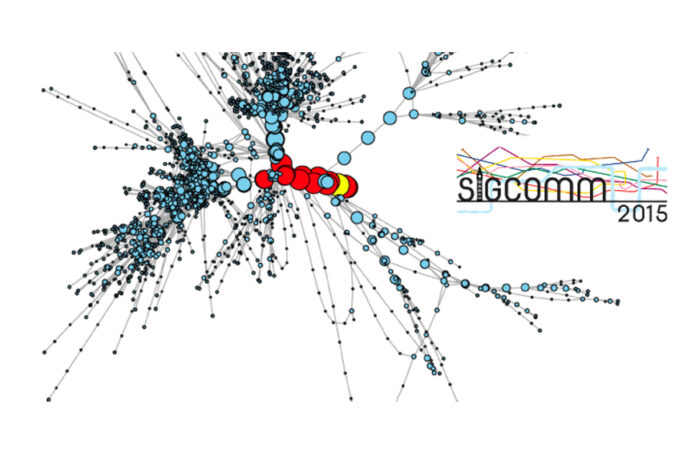The benefits of big data and data science for the private sector are well recognised. So far, considerably less attention has been paid to the power and potential of the growing field of data science for policy-making and public services. On Monday 14th March 2016 the Oxford Internet Institute (OII) and the Alan Turing Institute (ATI) hosted a Summit on Data Science for Government and Policy Making, funded by the EPSRC. Leading policy makers, data scientists and academics came together to discuss how the ATI and government could work together to develop data science for the public good. The convenors of the Summit, Professors Helen Margetts (OII) and Tom Melham (Computer Science), report on the day’s proceedings. The Alan Turing Institute will build on the UK’s existing academic strengths in the analysis and application of big data and algorithm research to place the UK at the forefront of world-wide research in data science. The University of Oxford is one of five university partners, and the OII is the only partnering department in the social sciences. The aim of the summit on Data Science for Government and Policy-Making was to understand how government can make better use of big data and the ATI—with the academic partners in listening mode. We hoped that the participants would bring forward their own stories, hopes and fears regarding data science for the public good. Crucially, we wanted to work out a roadmap for how different stakeholders can work together on the distinct challenges facing government, as opposed to commercial organisations. At the same time, data science research and development has much to gain from the policy-making community. Some of the things that government does—collect tax from the whole population, or give money away at scale, or possess the legitimate use of force—it does by virtue of being government. So the sources of data and some of the data science challenges that public agencies face are…
Leading policy makers, data scientists and academics came together to discuss how the ATI and government could work together to develop data science for the public good.










